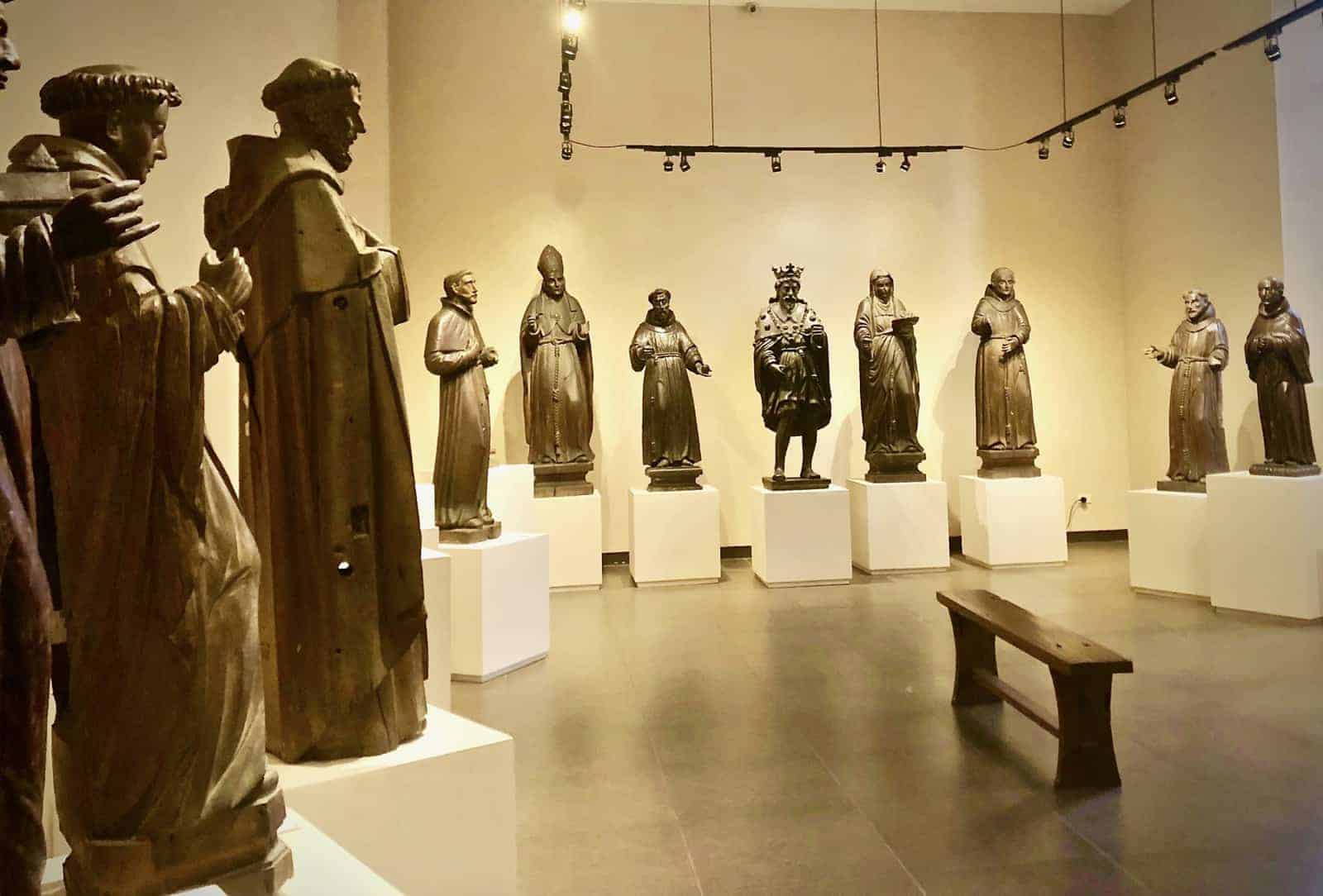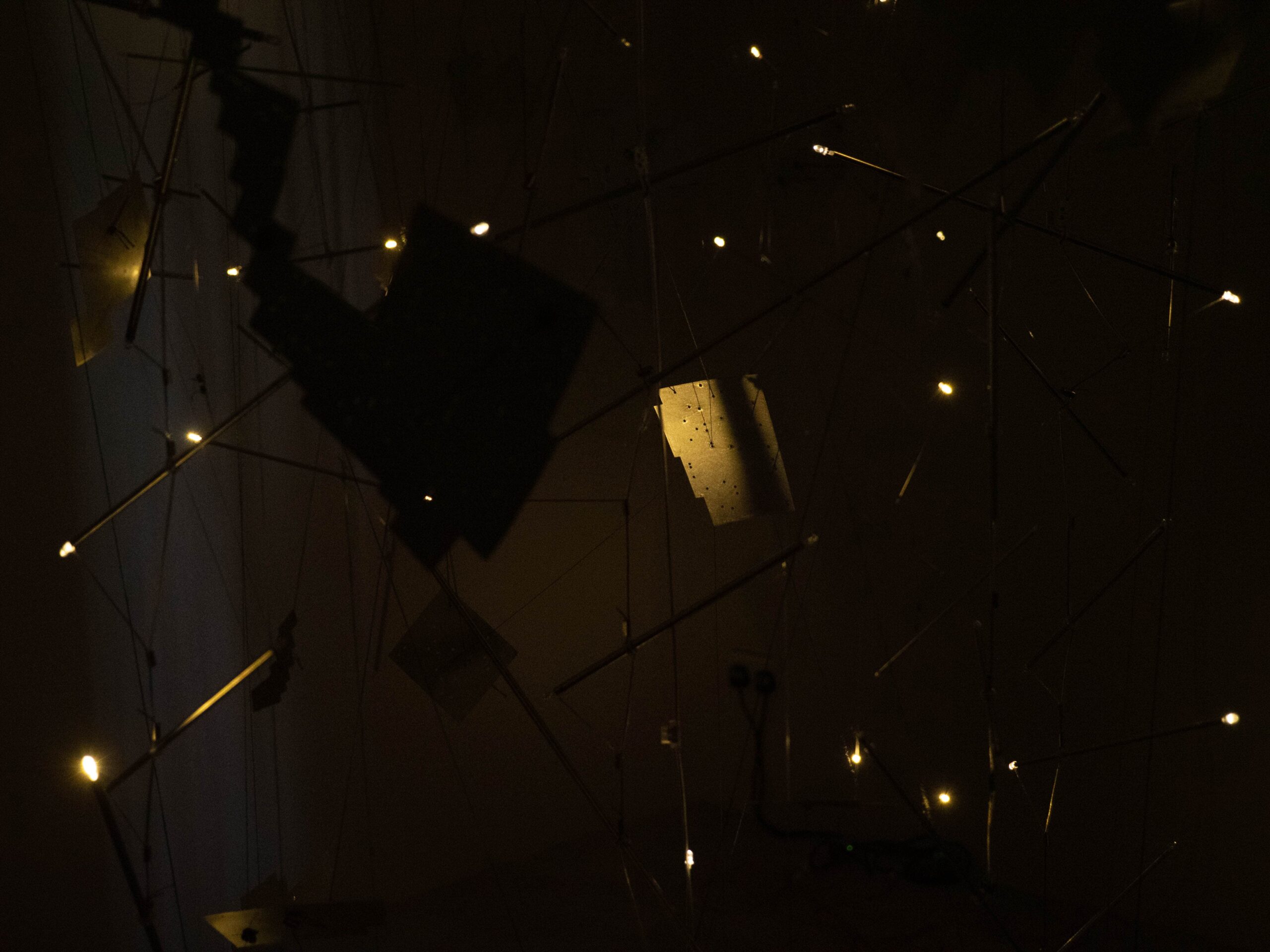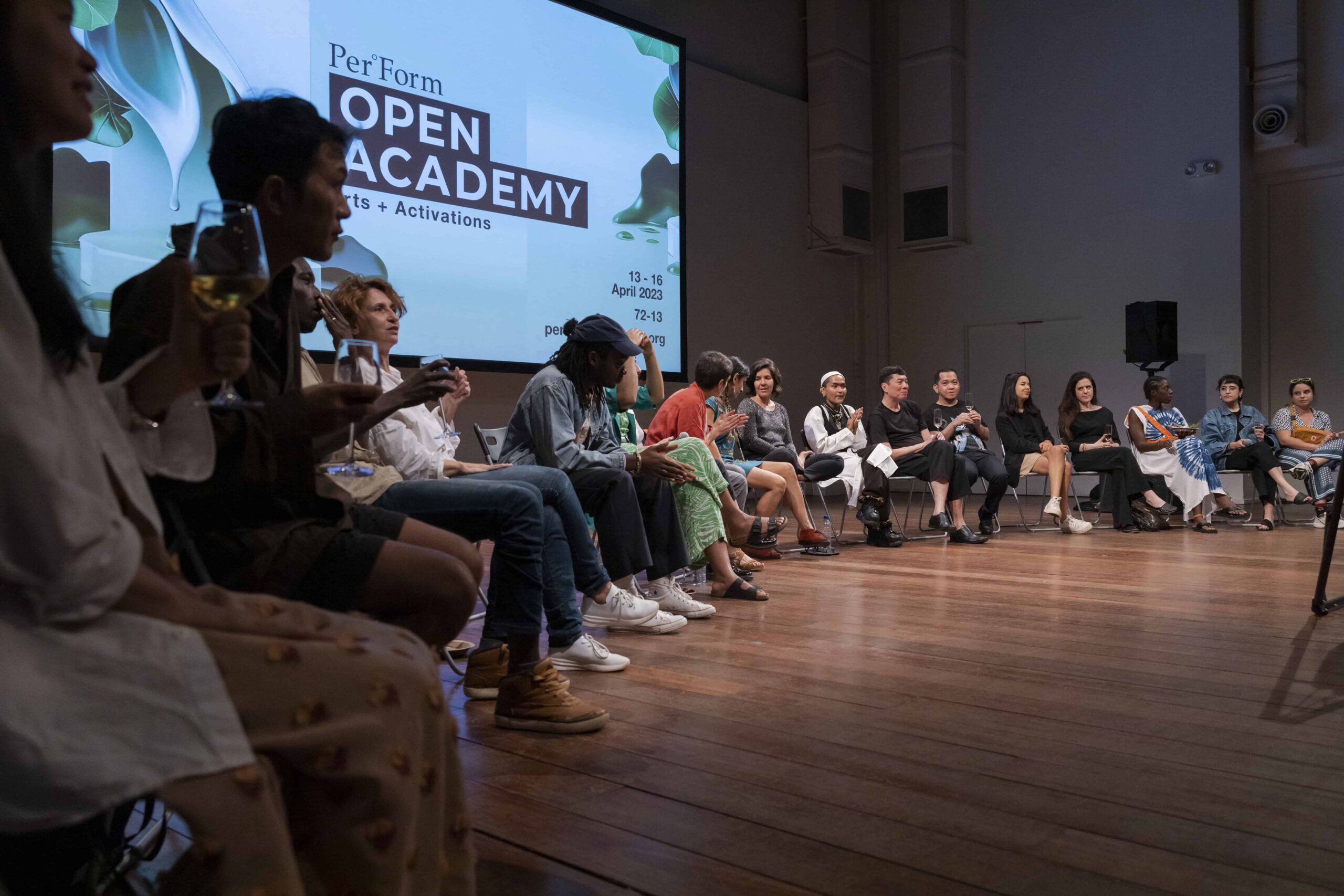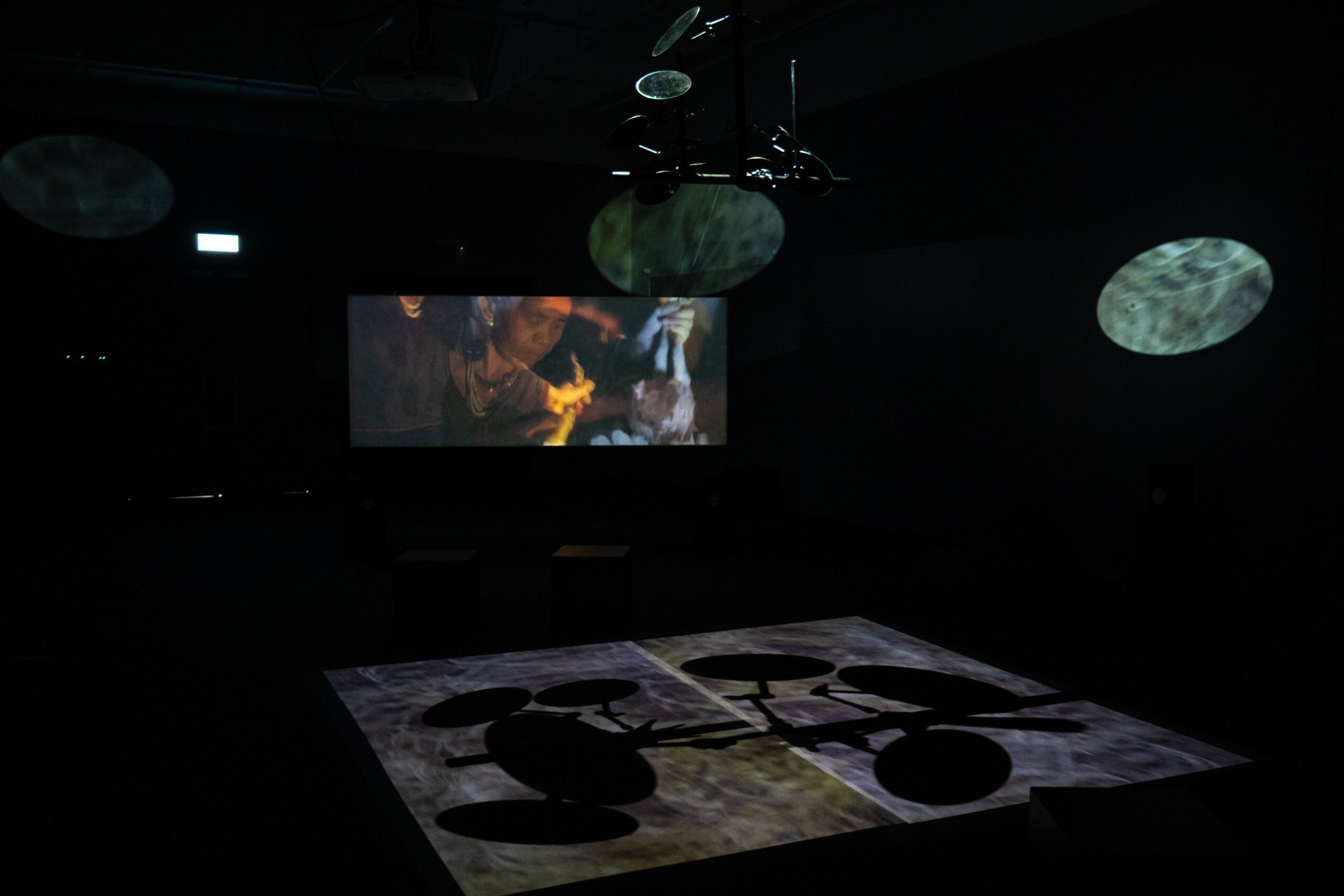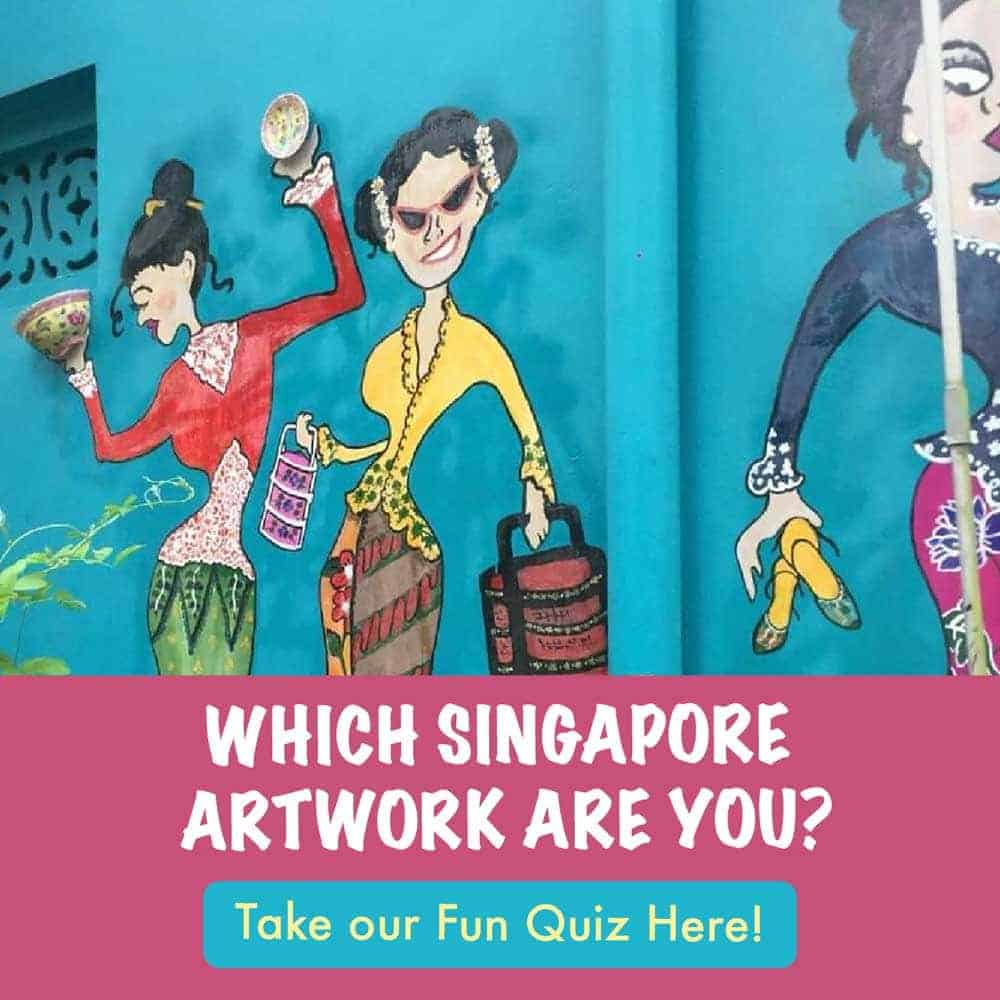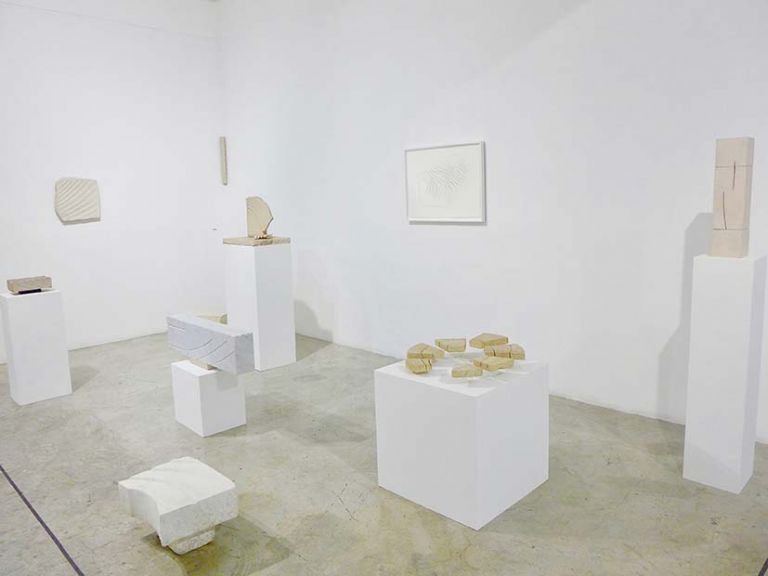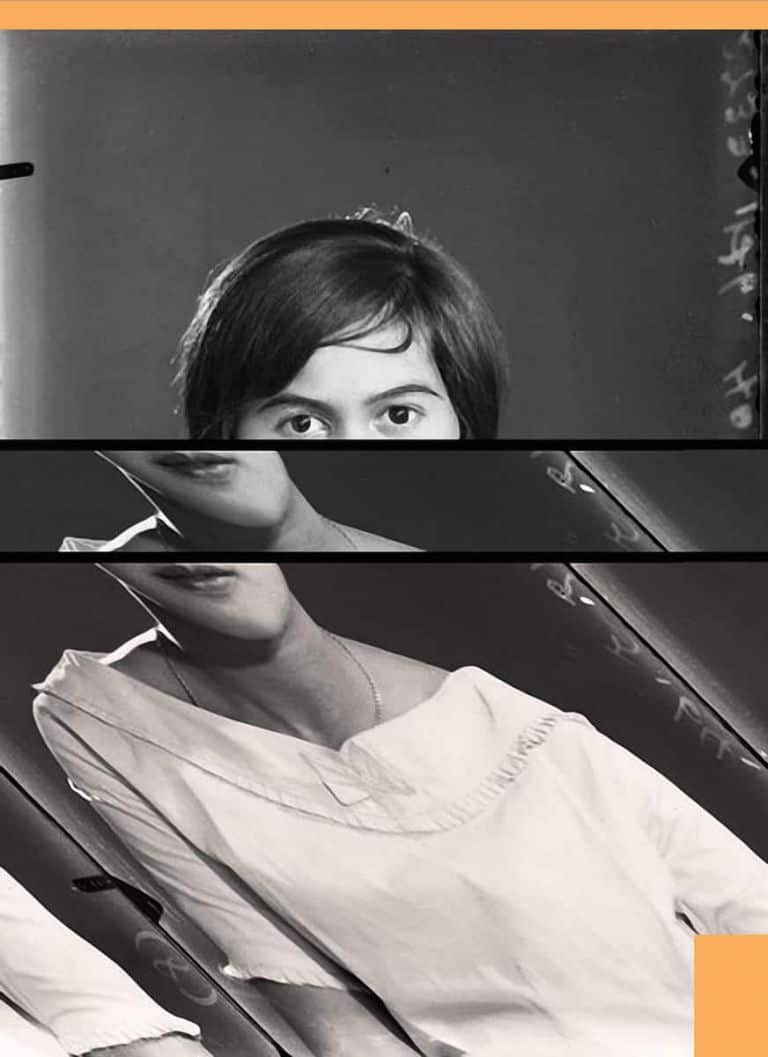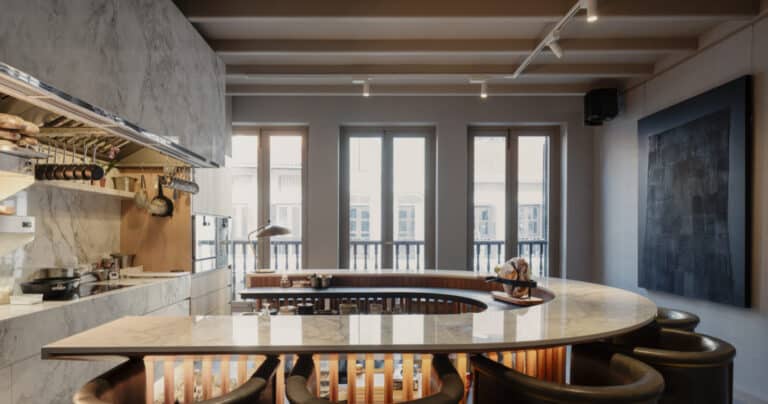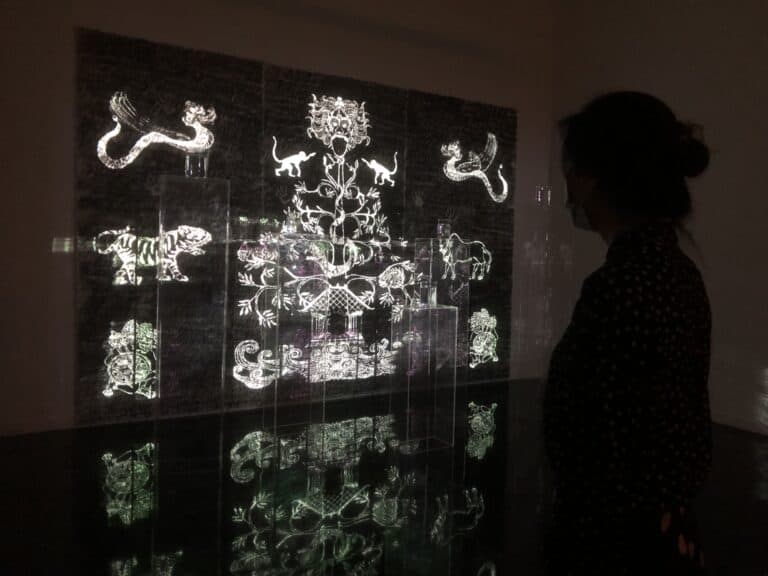Growing up within the brick walls of a conservative Catholic school in the Philippines, I’ve known the Ten Commandments by heart since the first grade. I went through each commandment as I confessed my sins, with sincere sorrow, to the priest patiently waiting at the confessional booth in our school chapel. In high school, I learned about the heroic lives of saints and martyrs, studied the dogmas of Christian philosophy, and read about the dark, painful and unforgiving punishments of hell in Dante’s Inferno – an image that remains vivid in my mind to this day.
Religion was the air I breathed as I walked the halls of that school, where we started and ended every class with a prayer, and where church hymns echoed from the school chapel every lunch break during daily mass. When the time finally came to enter the liberal halls of our college campuses, many of us were eager to break free from that insulated atmosphere and the close scrutiny of our teachers, who worried for our souls when our skirts no longer covered our knees. Yet, some of us found ourselves holding on to the rituals we grew up with. Finding refuge in our faith, we learned to separate it from the hands of those who imposed it on us, and reclaim it as our own.
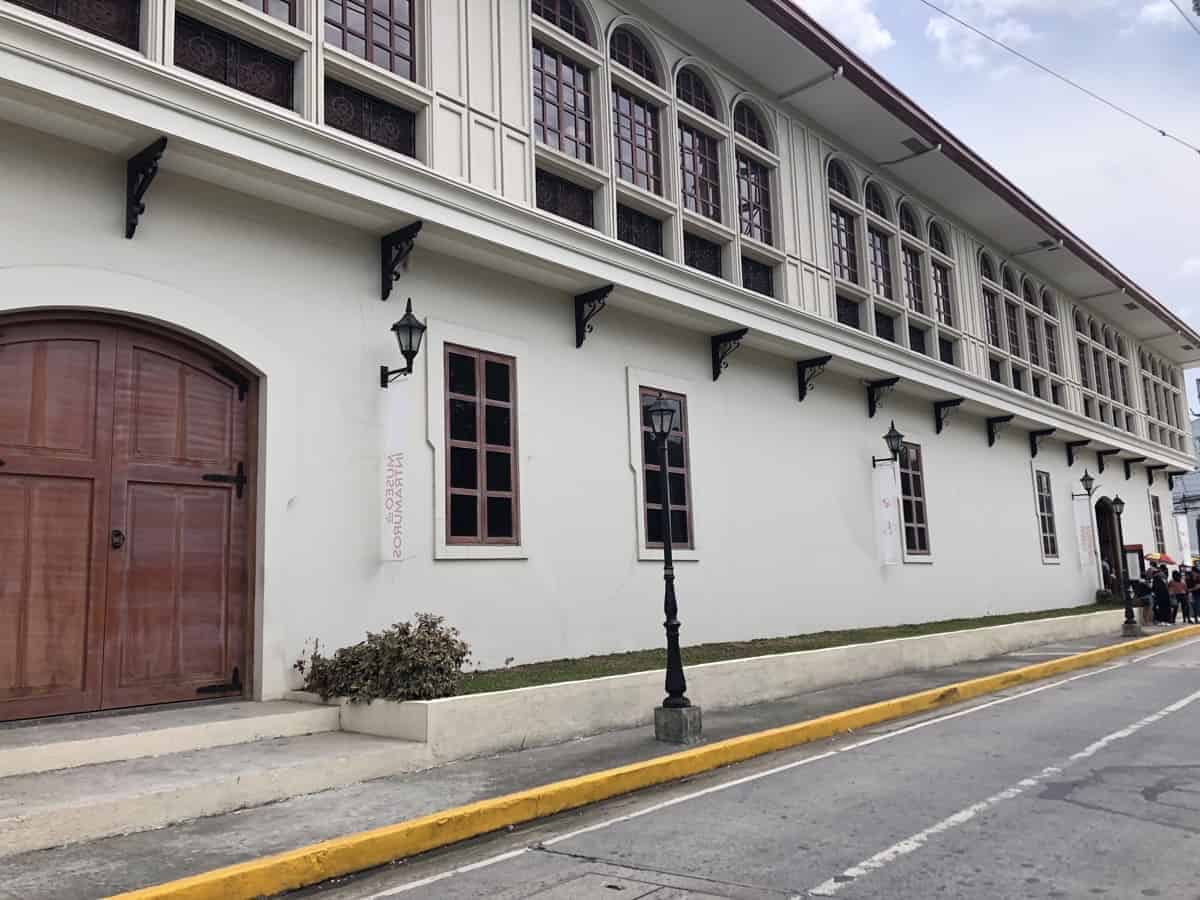
Flashes of my childhood within those sanctified brick walls came flooding back as I entered the newly opened Museo de Intramuros. Cradled within the historic stone walls of Intramuros City, a wide, three-story structure stands on the site where Jesuit missionaries used to live during the nineteenth century. Today, it serves as home to a valuable collection of religious art and artifacts made by Filipinos during the Spanish colonial era.
I will be honest: it felt pretty spooky walking through that room of old, intricate baroque reliefs popping out of the walls and worn, wooden statues of saints hovering around me – statues that seemed to have been in the dark for so long, as if they were finally seeing light, and life, for the first time. A cryptic air floated around them, and I could not help but think to myself – what have those haunting wooden eyes seen?
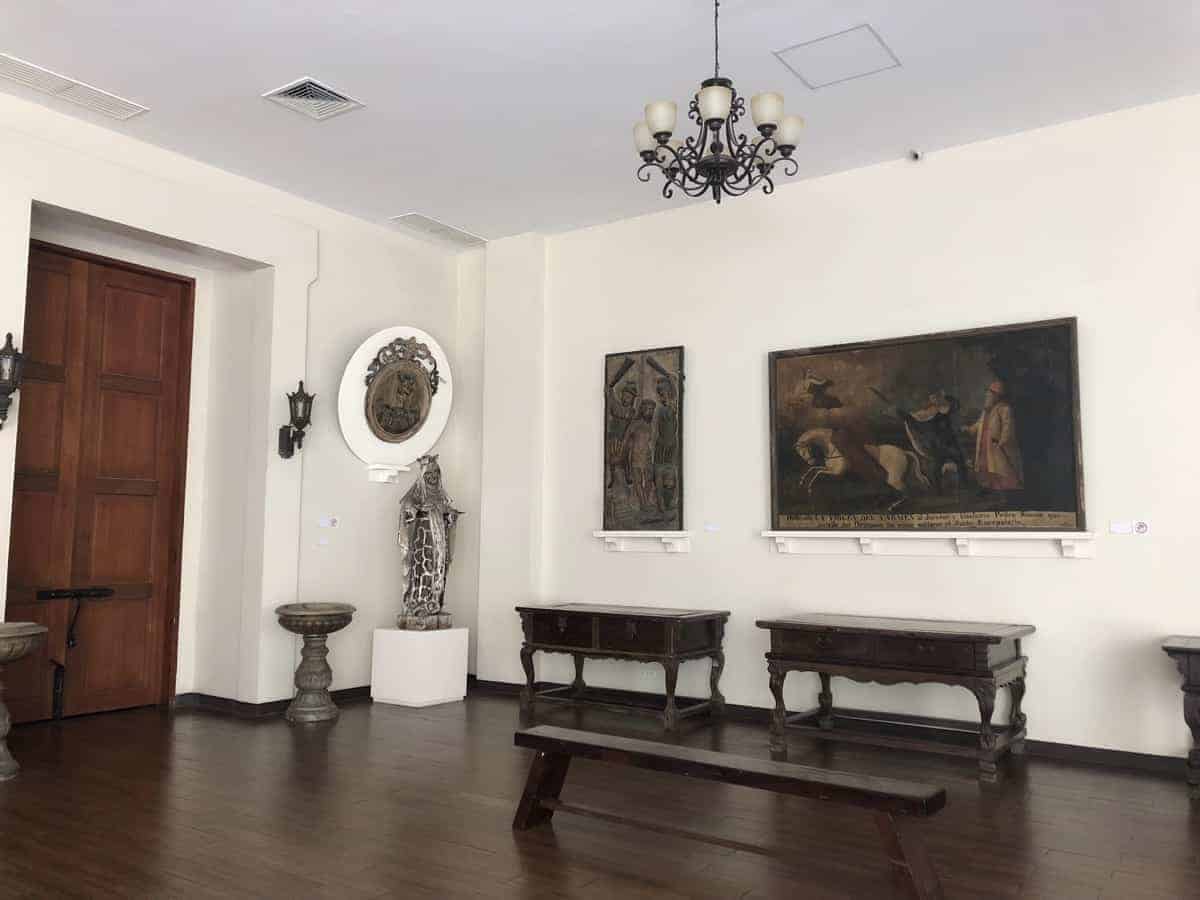
When the Spaniards conquered these lush, scattered islands in the 16th century, they found inhabitants already steeped in their own rich, supernatural traditions. There were pagans, who prayed to deities and spirits that dwelt in forests, fields and mountains. There were Muslims scattered across the islands, who had built a thriving kingdom in the town of Manila. Manila was then ruled by the respected Rajah Soliman and guarded by warriors and wooden barricades – until the Spaniards took over and wiped them away, destroying their wooden walls and replacing them with their own stone fortifications. Morbidly cementing their victory over the Muslims, the Spaniards named Manila’s main fortress – Fort Santiago – after Santiago Matamoros, also known as St. James the “Moor-Killer.”
Apart from expanding their trade, evangelising the indios became a main mission of the Spaniards. They taught catechism to the youth, destroyed icons of indigenous gods and built churches where parish priests were often treated like princes. Like the fresh waters of baptism, Christian doctrine, prayers, and practices poured into the daily lives of new converts. Elaborate fiestas were now dedicated to the saints that replaced nature gods and the sound of church bells rang every noontime, signaling the time to pause and say a prayer. And, in true Catholic fashion, the Spaniards relied on perhaps one of the most powerful ways to instill the message of faith deep into the conscience of the people – through heavily ornate, intensely dramatic church art.
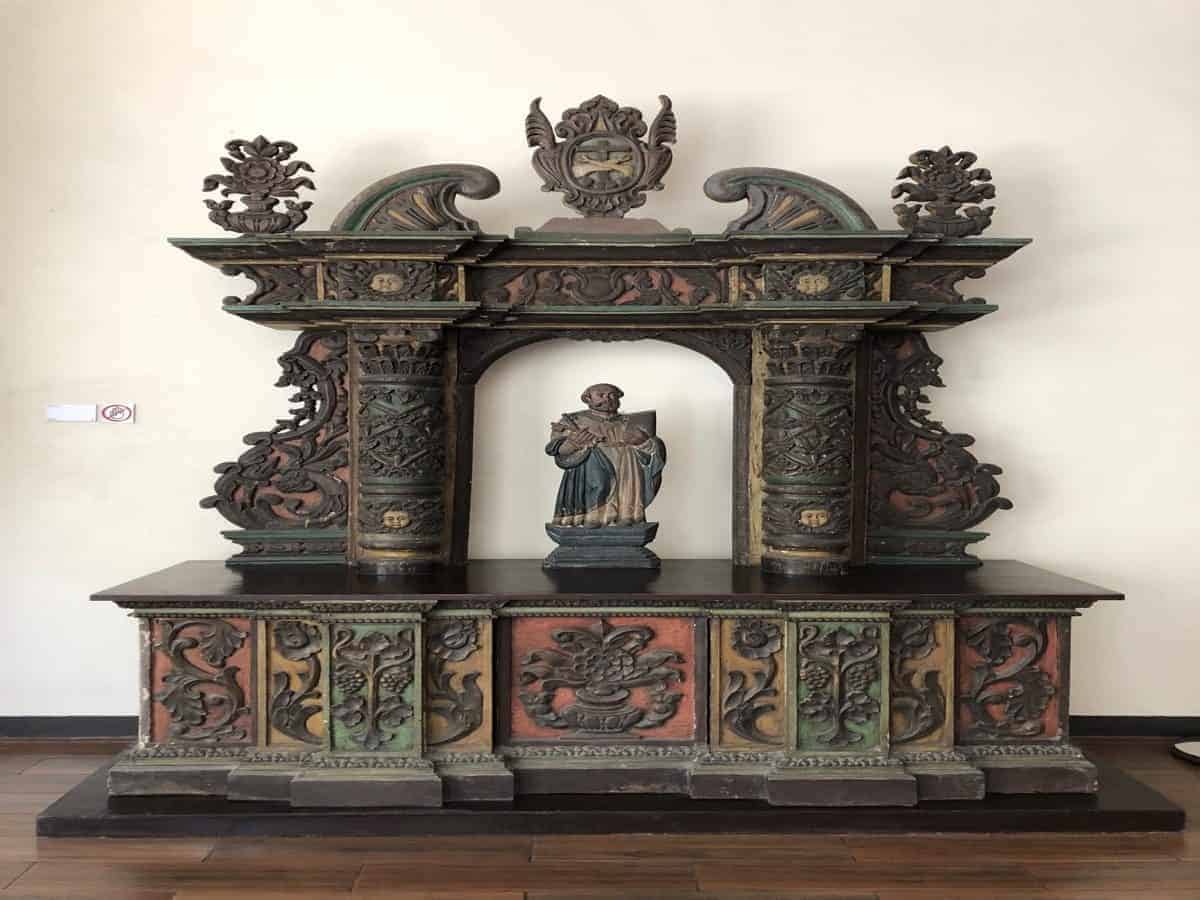
I landed on the second floor of the museum, and hanging on the walls of the first room I entered were rare religious paintings, mostly tainted with age in a dark and faded tone. A few male saints greeted me with their serious, contemplative faces – St. Augustine, St. Ignatius, St. Dominic – alluding to the different religious orders that came to the Philippines to tell strange stories involving angels, demons, a virgin mother, and a crucified God. In this room, I discovered the fascinating ways in which unknown indio artists expressed these radically new narratives in their own terms. While some portraits were lifelike and skillfully rendered, others appeared more childlike and naïve, bringing a whimsical charm to supernatural scenes – Archangel Michael crushing Satan, angels adoring the only lady in the room, Mary.
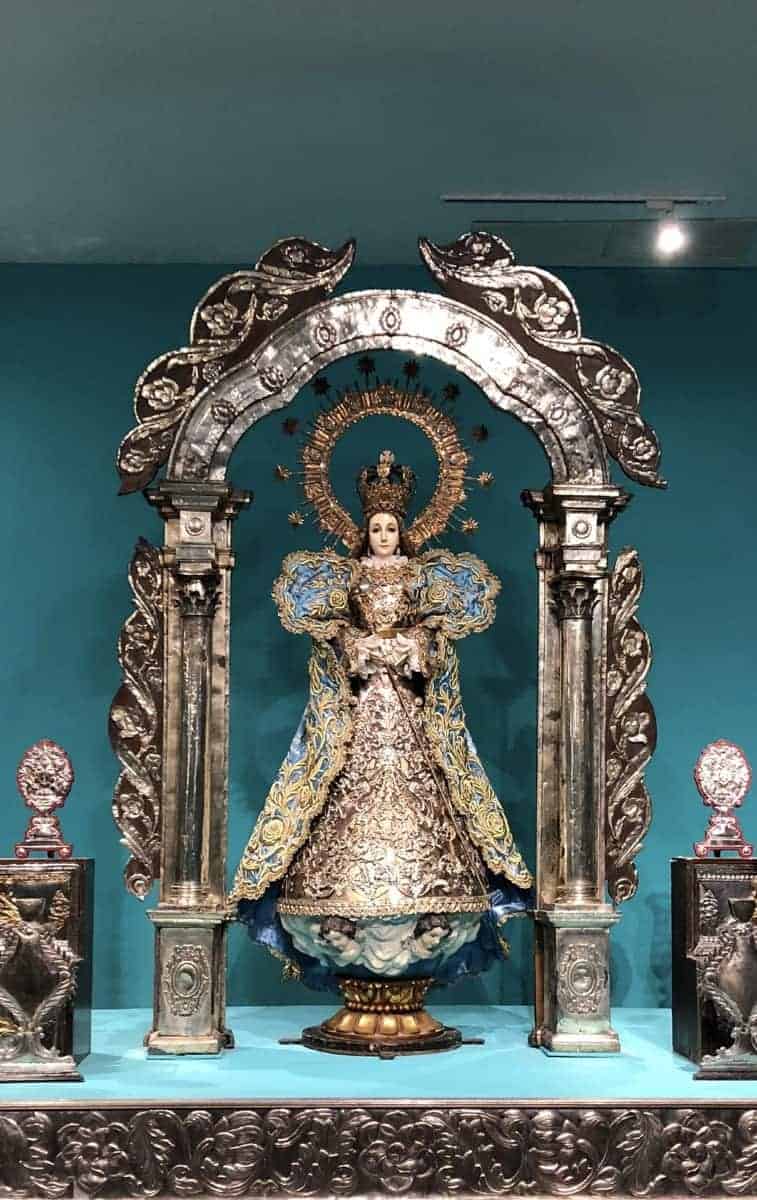
Mary is a profound presence here. On one wall, I saw vivid portraits of her looking sorrowful as a sword pierced her chest; on another wall, she was portrayed as victorious as the heavens opened up to crown her as queen of heaven and earth. In the next room, an extravagant statue wearing an intricate floral blue dress depicted Mary as being young, poised, and pristine. As I entered the last room of the floor dedicated to wood and ivory carvings, I was confronted with yet another Mary. This time, and in contrast to the altar in the previous room, she looked old and plain, but wise.
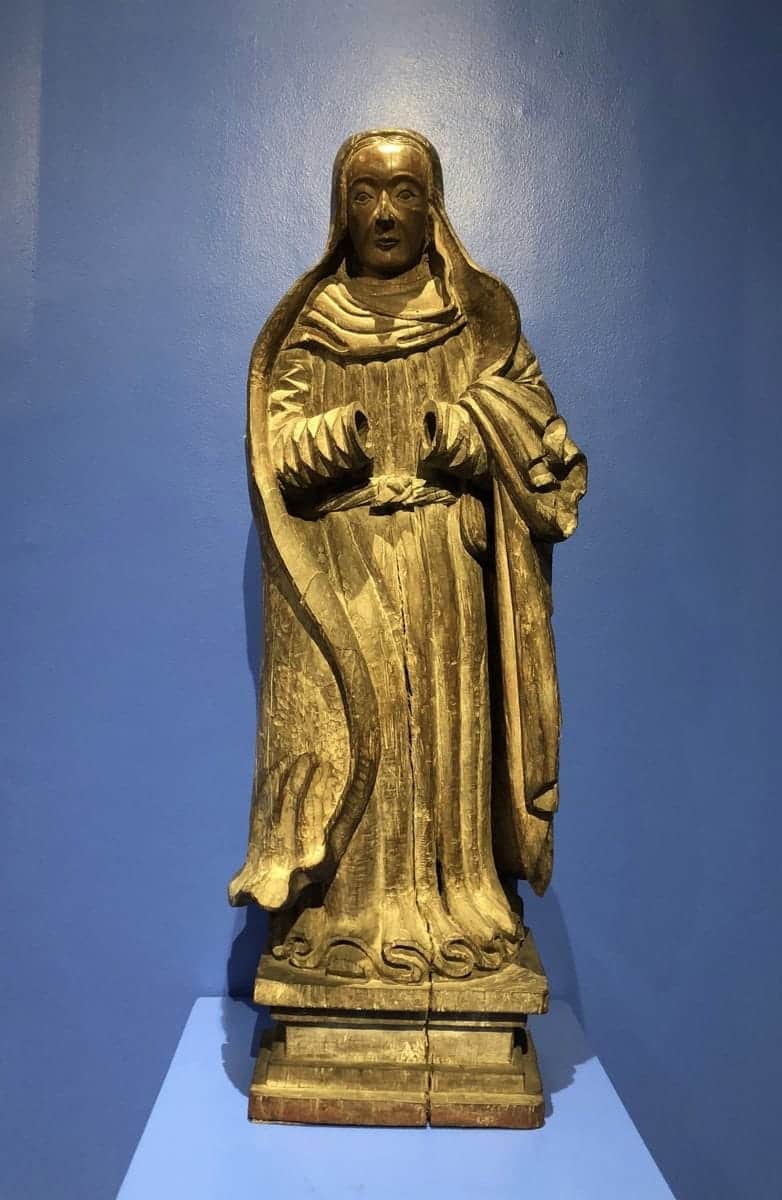
While Marian devotion is no doubt a defining trait of the Catholic Church, Filipinos may have found ways to inject their own values into their depictions of this deeply venerated woman. Before the Spaniards arrived (and brought the patriarchy along with them), native women took on respected roles in their tribes – one prevalent example was that of the priestess, who was hailed for her spiritual and healing powers. Thus, while the Spaniards may have attempted to impose an image of a meek and submissive Christian woman, Filipinos may have looked to Mary as a symbol for a more complex woman – someone who was spiritual and intelligent, who suffered yet stayed strong, and who was most of all, respected and empowered.
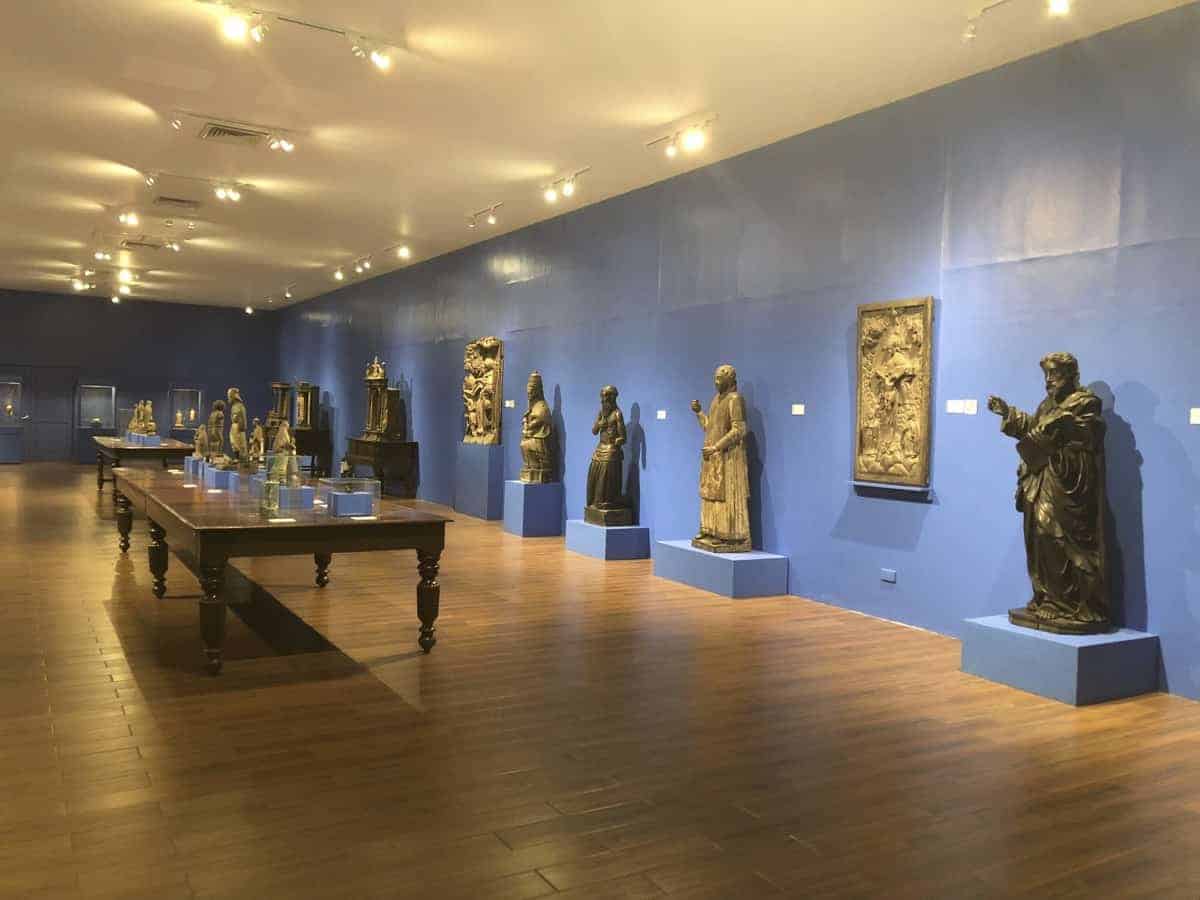
The final room I entered was fittingly titled The Indio Response to Evangelization, where meticulously carved icons of saints, ranging from folk to baroque, lined up against the walls. Each saint had a distinctive feature – St. Matthew wore a shoulder bag, alluding to how he was a former tax collector; St. Roch revealed his wounded thigh, indicating how he grew ill from helping the sick.
I stayed in this room for a long time because, unlike the elaborate, mystical scenes of the previous rooms, this one felt poignantly human. These saints were not just portrayed as praying up to the heavens, but as working here, down on earth, experiencing human joy, pain and struggle. In this room, angels were not sweet creatures flying above humankind, but were in fact, in their midst – embodied in a pair of indigenous men, wearing woven rattan straps and belts. In this room, a crude and modest carving of Jesus Christ was crowned not with thorns, but a native headband.
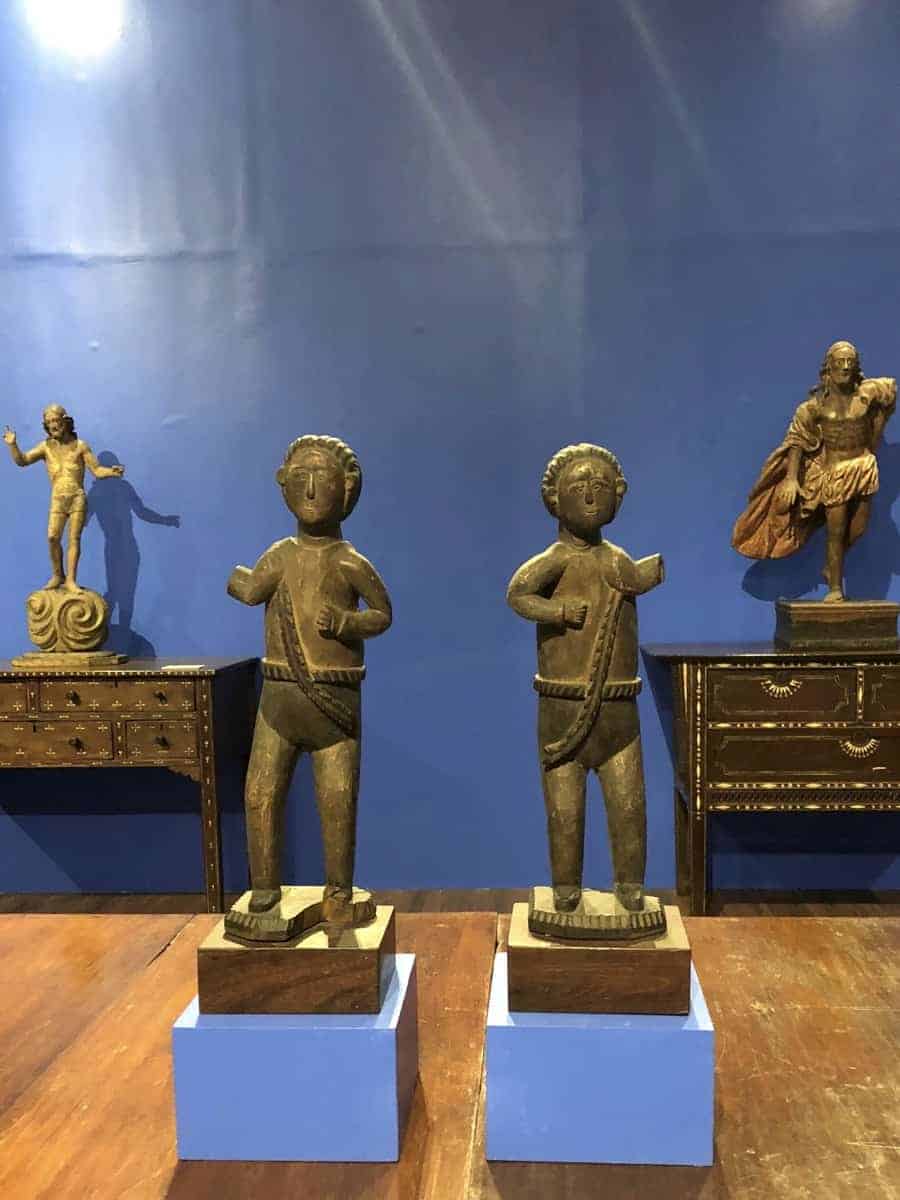
Looking to the revealing creations of these early Filipino artists as they attempted to reconcile the rich cultures of their ancestors and the faith brought in by their colonisers, I could not help but draw connections to Filipino artists of today, who similarly struggle to express their hybrid belief systems. In many Philippine contemporary art exhibitions, rooms filled with symbols pointing to the distinct devotion of Filipinos, Christian icons are displayed next to indigenous gods such as the iconic bulul, or rice god and religious leaders are portrayed next to idolised figures in pop culture.
Many credit the pioneering modern artist Galo Ocampo as the first to portray Christian figures as Filipinos with his groundbreaking Brown Madonna, 1938. The work depicts the Mother and Child as brown-skinned and dressed in traditional clothing. But this room in Intramuros, of saints and angels imbued with subtle traces of indigenous tradition tells us that, even back then, Filipino artists working within the strict confines of colonial rule had already long asserted themselves and appropriated Christianity within their own local contexts.
My final stop in Museo de Intramuros was before two moving depictions of Jesus resurrected, juxtaposed next to each other. One was handsome, strong, and heroic, wearing a cape billowing to his side. His head was directed upwards, with eyes intense and piercing. The other was thin and simple, wearing nothing but a plain pair of briefs. His gaze was soft and his right hand was raised up, as if about to preach. The two figures portrayed the same triumphant moment, but evoked radically different feelings. Here was the same God with whom one could associate both power, and profound humility.
This moved me to contemplate the strange paradox of the complex, unfinished story of Christianity in the Philippines – one that has been tied to both coercion and freedom. Over time, the extravagance of the Church moved from the controlling hands of the Spaniards to those of the wealthy and powerful. The Church continues to hold major influence on Philippine politics, education and society over a century since the Spaniards left our country.
But as churches remain packed and vibrant fiestas continue to pulsate with life, I would argue that many Filipinos hold on because there is more to it all than power and pomp. At the heart of their simple faith is a belief in a human God – someone who understands human fear, suffering, and hope – with whom they can identify even the humblest people in their midst.
At least, that’s why I choose to stay.
